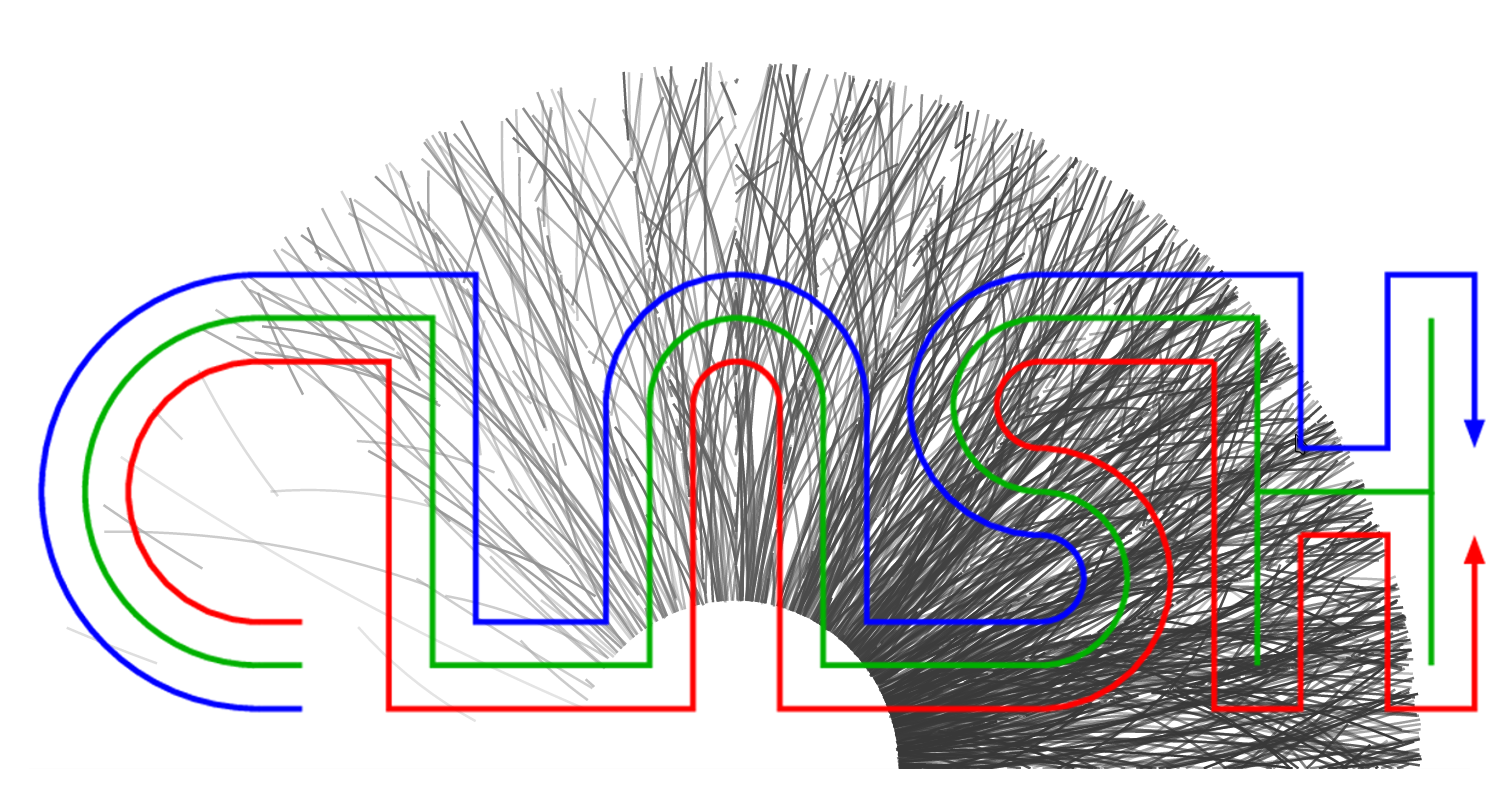
The CLASH project is a collaboration between experimental and theoretical particle physicists at Lund University, which focuses on improving the understanding of some of the most debated experimental results from the Large Hadron Collider (LHC) at CERN. In particle collisions at the LHC, the kinetic energy can be converted into new particles according to Einstein's famous equation E=mc2. In a lead-lead (Pb-Pb) collision at LHC, this results in a Small Bang: a recreation of the very dense medium of quarks and gluons, denoted the Quark Gluon Plasma (QGP), that dominated the very early Universe microseconds after the Big Bang. The QGP produced at the LHC is the hottest man made matter. It is more than 100,000 times hotter then the core of the sun; so hot that it melts the protons and neutrons that makes up atomic nuclei. The QGP expands and cools like a nearly perfect liquid and quenches energetic quarks and gluons traversing it, which indicates that it has extremely strong collective interactions.
What has surprised many is that QGP-like effects has also been observed in proton-proton (pp) and proton-lead (p-Pb) collisions. These are systems where one did not expect a QGP to be able to form since the systems are considered too dilute and too short lived. The goal of the CLASH project is to pin down the origin of collective effects in small collisional systems. It is funded by the Knut and Alice Wallenberg Foundation from summer 2018 to summer 2023.
The CLASH project utilizes that Lund University has a unique 30 year tradition in the studies of both large and small collisional systems. Peter Christiansen (PI) is a LHC experimentalist specialized in large collision systems, and Leif Lönnblad (co-PI) is the author of several microscopic models. CLASH is centered around proposed new experimental measurements and development of a new theoretical model. CLASH has three main branches:

Postdoc (theory)

Master student (experiment)

Master student (experiment)

Master student (experiment)